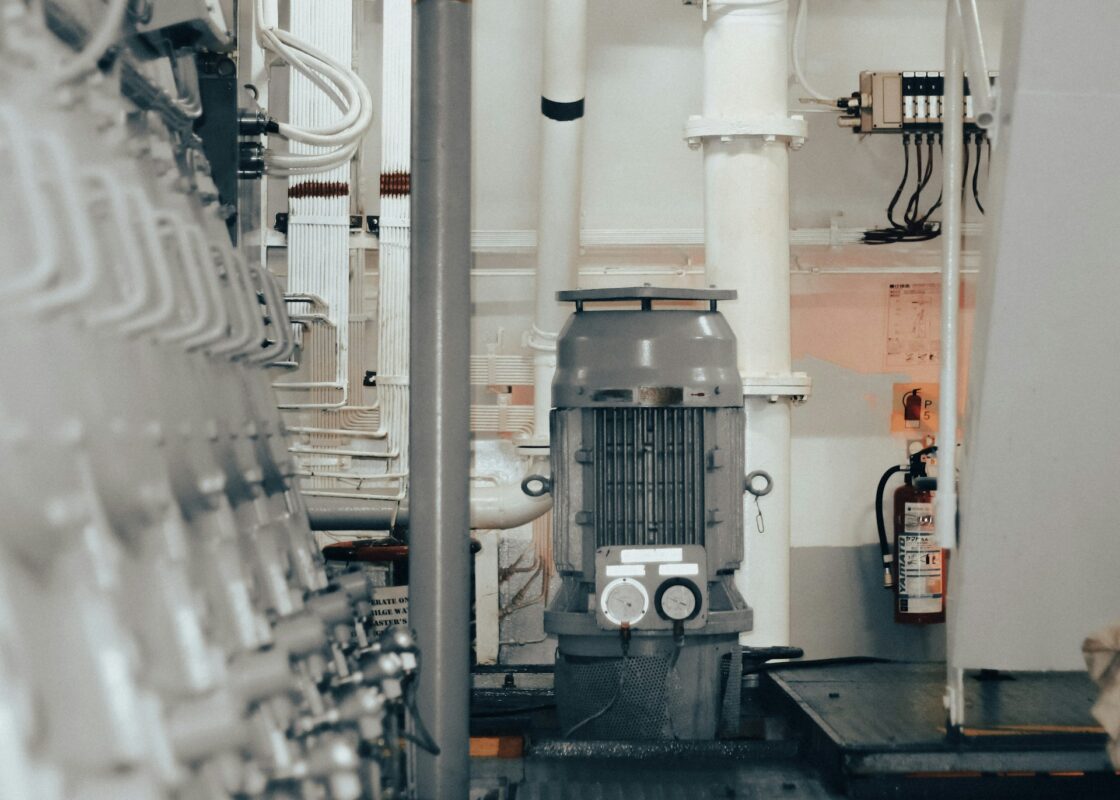In today’s fast-paced engineering and manufacturing world, delivering products that perform flawlessly isn’t just a goal it’s a necessity. From automotive components to consumer electronics, reliability can make or break a brand’s reputation, impact safety, and drive costs up or down. But how can companies confidently ensure that every product meets the highest standards before it even reaches the market?
This is where simulations come into play. By creating virtual models that mimic real-world conditions, engineers can predict how a product will behave under stress, temperature changes, wear and tear, and other variables long before a physical prototype is built. Simulations offer a powerful lens into a product’s future performance, allowing designers to optimize, refine, and safeguard reliability while saving time and resources.
But just how crucial are these simulations in ensuring product reliability? Can they truly replace physical testing, or do they serve best as a complementary tool? In this article, we explore the vital role simulations play in building products that not only work but endure.
Understanding Product Reliability
Product reliability refers to the probability that a product will perform its intended function under specified conditions for a designated period of time. In technical terms, it’s the measure of consistency and dependability in a product’s performance, often quantified through metrics such as Mean Time Between Failures (MTBF) or failure rates.
Several factors influence reliability. The choice of materials determines how well a product can withstand stress, temperature, and wear. Design decisions, including geometry, tolerances, and assembly methods, play a critical role in durability. Environmental conditions such as humidity, temperature fluctuations, and exposure to chemicals can degrade performance over time. Finally, actual usage patterns, including frequency and intensity of operation, directly affect a product’s lifespan.
The consequences of unreliable products are significant. Financially, they lead to warranty claims, recalls, and lost revenue. From a safety perspective, failures can cause accidents or injuries, particularly in industries like automotive or aerospace. Beyond immediate costs, reliability issues can tarnish a brand’s reputation, eroding customer trust and long-term loyalty.
What Are Simulations in Product Development?
Simulations are computer-aided models and virtual tests that allow engineers to replicate real-world conditions in a controlled digital environment. By using simulations, designers can predict how a product will behave under various stresses, temperatures, and operational scenarios without creating multiple physical prototypes.
Common types of simulations include:
- Finite Element Analysis (FEA): Examines stress, strain, and deformation in complex structures.
- Computational Fluid Dynamics (CFD): Simulates fluid flow, heat transfer, and aerodynamics.
- Multiphysics Simulations: Combines multiple physical phenomena, such as thermal, mechanical, and electrical interactions.
- Stress, Fatigue, and Thermal Analysis: Evaluates long-term durability and performance under repeated loads or temperature variations.
By leveraging these tools, engineers can anticipate potential failures, optimize designs, and make informed decisions before production, bridging the gap between theoretical concepts and real-world performance.
Benefits of Using Simulations for Reliability
Simulations offer numerous advantages in ensuring product reliability:
- Early Detection of Design Flaws: Potential weaknesses can be identified and corrected before costly manufacturing begins.
- Cost Reduction: Fewer physical prototypes are needed, saving materials, labor, and time.
- Shorter Time-to-Market: Virtual testing accelerates development cycles while maintaining high-quality standards.
- Enhanced Safety and Compliance: Products can be validated against regulatory requirements virtually, reducing risks.
Industries from automotive to aerospace to electronics have seen transformative benefits. For example, car manufacturers use FEA and CFD to design safer, more fuel-efficient vehicles, while electronics companies simulate thermal behavior to prevent overheating in devices.
Limitations and Considerations
Despite their advantages, simulations are not foolproof. Accuracy depends heavily on the quality of input data and the assumptions made during modeling. Over-reliance on simulations without complementary physical testing may overlook practical issues like assembly tolerances or unexpected material defects.
Thus, while simulations are a powerful predictive tool, they must be used judiciously as part of a holistic reliability strategy.
Best Practices for Integrating Simulations
To maximize the effectiveness of simulations:
- Combine with Physical Testing: Use real-world validation to verify simulation results.
- Continuously Refine Models: Update simulations based on empirical data and observed performance.
- Train Teams Effectively: Engineers must understand how to interpret results and implement design improvements.
Following these practices ensures simulations deliver actionable insights that genuinely improve product reliability.
Future of Simulations in Product Reliability
The future promises even more powerful tools. Artificial intelligence and machine learning are enhancing predictive accuracy, while digital twins virtual replicas of physical products enable real-time monitoring and lifecycle testing. Eventually, fully virtual product testing may become a standard, further reducing development costs and accelerating innovation.
Conclusion
Simulations have become indispensable in modern product development. They allow engineers to anticipate failures, optimize designs, and reduce costs, all while improving safety and quality. However, their full potential is realized only when complemented by physical testing and real-world validation.
Ultimately, simulations are not just helpful—they are critical. They provide the insight and foresight necessary to ensure products perform reliably, meet customer expectations, and uphold brand integrity. In the quest for high-performance, dependable products, simulations are no longer optional—they are essential.
If your company is looking to enhance product reliability and accelerate development cycles, Innovengg can help. Our expert team integrates advanced simulation tools with hands-on testing strategies to ensure your products are both innovative and dependable. Contact Innovengg today to explore how we can bring reliability, efficiency, and excellence to your next project.

